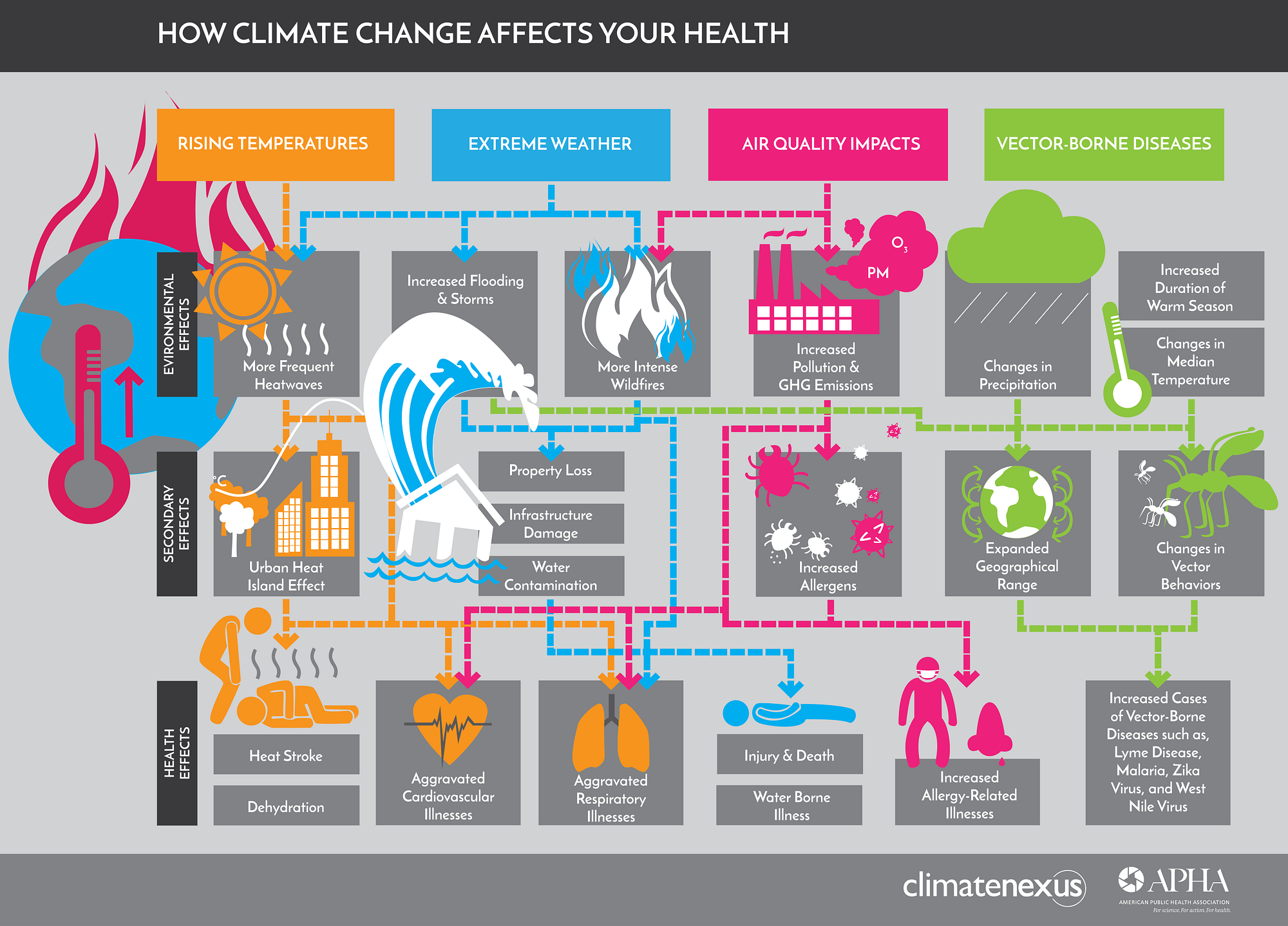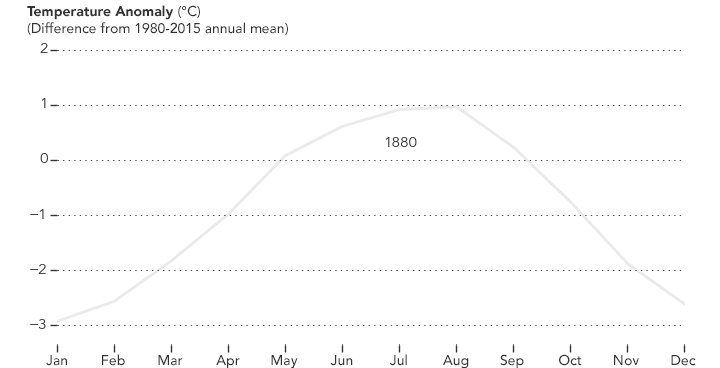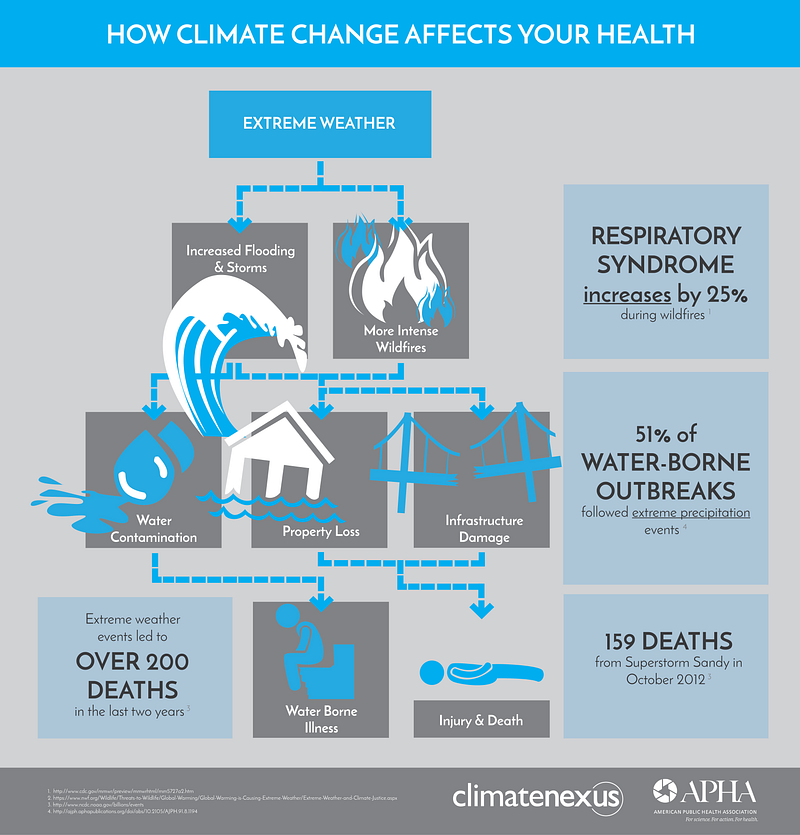The Huffington Post
Sep 22, 2016
Becky Mahan
More people than ever before live in cities. In places likely to experience a natural disaster (think tsunamis, or floods on the coast or earthquakes on tectonic fault lines) are especially vulnerable to catastrophe. It's easy to forget the threat when years, or even centuries(!), go by without a disaster, but it's important to remember that in the end, we're not the ones in charge. We rounded up 10 destinations that are in potential danger of being damaged, or even utterly destroyed, by natural disasters:
1. LOS ANGELES
Photo: Greater Los Angeles by: Neil Kremer flickr - Courtesy: Gogobot
Greatest threat: Earthquakes, followed by river flooding Residents of Los Angeles (and all of SoCal) half-jokingly wonder when "The Big One" is going to hit - and by "big one," they mean a catastrophic earthquake along the San Andreas Fault (which runs right beneath Los Angeles) that could topple buildings and essentially flatten downtown. The rumors that California is going to break off the continent and float out to sea are highly exaggerated, but we still don't like to tempt Mother Nature.
2. SAN FRANCISCO

Photo: San Francisco by: Rodrigo - Courtesy: Gogobot
Greatest threat: Earthquakes If Los Angeles is in danger, San Francisco is right in the line of fire. If "The Big One" hits, much of the older city infrastructure will likely be flattened - but don't worry, a giant chasm in the road (like in the film San Andreas) won't open up. Nor will a tsunami topple the Golden Gate Bridge. But plenty of chaos will definitely ensue, like it did after the notorious 1906 earthquake that decimated the city.
3. NAGOYA, JAPAN

Photo: Nagoya by: isado flickr - Courtesy: Gogobot
Greatest threat: Earthquakes, and thus tsunamis With over 23 million people living in this city alone, the threat of tsunamis (the biggest natural disaster threat to Japan as a whole) is a worrisome one. Poor Nagoya is not only right in the direct path of a northern Pacific tsunami, it also faces the threat of the other four main perilous natural disasters: river floods, earthquakes, storm surges, and wind storms.
4. TOKYO, JAPAN

Photo: Tokyo by: James Nash (aka Cirrus) flickr - Courtesy: Gogobot
Greatest threat: Earthquakes, and thus tsunamis It's no secret that Tokyo, with its incredible population density and location right on the Pacific Rim (or 'Ring of Fire' in the geological world) is a sitting duck for earthquakes - and their byproducts, tsunamis. When the catastrophic Tōhoku earthquake struck northern Japan in March 2011? That was several hundred miles from Tokyo, and it shook the city enough to alarm normally earthquake-desensitized residents.
5. CINQUE TERRE, ITALY

Photo: Cinque Terre by: Becky Mahan - Courtesy: Gogobot
Greatest threat: Flooding and landslides (caused by storms) The beautiful string of five colorful villages on the coast was hit by a devastating storm of Biblical proportions in 2011, and rebuilding efforts are still going on. With half the famous hiking trail that connects the five villages still unstable and unsafe for public access, the effects of natural disasters on this region are serious. Of all the destinations on the list, we'd qualify that as the most important to truly "see while you have the chance." (The Cinque Terre is also under threat by a non-natural disaster: too many tourists.)
6. HILO, HAWAII

Photo: Hilo by: Ken Lund flickr - Courtesy: Gogobot
Greatest threat: Volcanic eruption Hilo is very aware of its precarious placement near Mauna Loa - which just so happens to be the largest volcano on earth. It produces more lava than any other Hawaiian volcano, but there's one lucky catch: the lava flows are notoriously slow, which means residents would have plenty of time to evacuate if Moana Loa ever totally blows her top. (Though raining ash and embers render the situation not entirely danger-free, and the city itself would be powerless to escape the damage.)
7. MANAGUA, NICARAGUA

Photo: Masaya Volcano National Park by: GOC53 flickr - Courtesy: Gogobot
Greatest threat: Volcanic eruption Settled just outside the Masaya Volcano National Park, Nicaragua's capital is probably not located in the best place. The national park is a desolate, almost creepy caldera littered with lava rock and wildflowers - oh, and a giant crater that consistently eeks out clouds of sulfur dioxide. The volcano erupted in 2001, 2003, and 2008, and scientists expect it to erupt again any time.
8. NEW ORLEANS, LOUISIANA

Photo: New Orleans by: Celeny Da Silva - Courtesy: Gogobot
Greatest threat: Hurricanes, and thus flooding Americans vividly remember Hurricane Katrina, which decimated the Big Easy when it hit the Louisiana coast in 2005 and caused 1,577 deaths. The levees had to be rebuilt and the infrastructure underwent serious upgrading, but the threat still remains: a significant part of metro New Orleans is not directly protected by the new levees. Plus, the land in the region continues to sink (and sea levels rise), which not a good combination maketh.
9. AMSTERDAM, NETHERLANDS

Photo: Amsterdam by: Claudio.Ar flickr - Courtesy: Gogobot
Greatest threat: Totally disappearing into the sea With Amsterdam, it's basically Humans: 1, Mother Nature: 0. The Dutch are outrageously skilled water masters, with their elaborate system of canals and dikes that keep the North Sea from swallowing up the entire city. The problem is, they suck at keeping it maintained. There was a major flood defense failure in 2010, and experts have said that some of the dams are so fragile they couldn't even sustain hairline cracks. So...give the sea just one good blow to deal, and Amsterdam could potentially become the new Atlantis.
10. WELLINGTON, NEW ZEALAND

Photo: Wellington by: Terry Gardner - Courtesy: Gogobot
Greatest threat: Earthquakes Poor Wellington. The city has managed to develop in a place where everything - like, EVERYTHING - is against it. First off, it's located at the tip of an island...with the water literally lapping at its feet. Though the last major tsunami roared over the place in 1946, the next one is overdue (geologically-wise), thanks to the ginormous active fault line right beneath the city. Oh, and there are a bunch of volcanoes just north of the city (there's a reason Peter Jackson used this region as the landscape for Mordor.)



 Source:
Source:  Source:
Source:  Source:
Source:  Source:
Source:  Source:
Source:  Source:
Source: 















 Germany's Chancellor Angela Merkel (wearing blue jacket) and delegates look at a computerized model of the earth "Geo-Cosmos" while visiting Miraikan (National Museum of Emerging Science and Innovation) in Tokyo.
Germany's Chancellor Angela Merkel (wearing blue jacket) and delegates look at a computerized model of the earth "Geo-Cosmos" while visiting Miraikan (National Museum of Emerging Science and Innovation) in Tokyo.  Harvard biology professor Edward O. Wilson.AP/Chitose Suzuki
Harvard biology professor Edward O. Wilson.AP/Chitose Suzuki A Lemur hangs on a tree in Madagascar's Mantadia National Park. AP/Jerome Delay
A Lemur hangs on a tree in Madagascar's Mantadia National Park. AP/Jerome Delay REUTERS/Yannis Behrakis
REUTERS/Yannis Behrakis